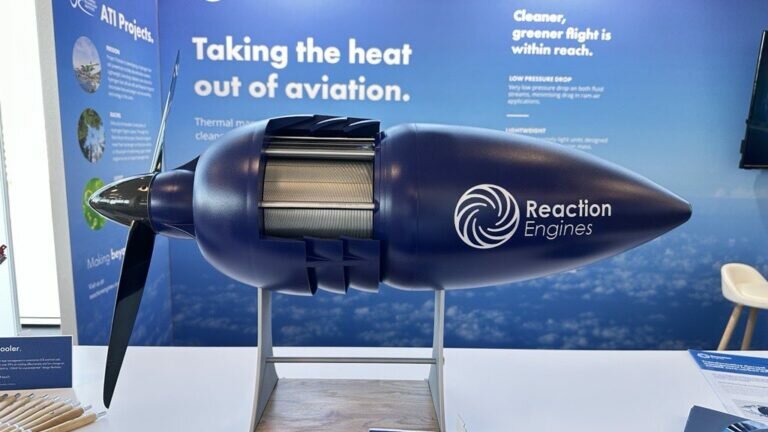martinbayer
ACCESS: Top Secret
- Joined
- 6 January 2009
- Messages
- 3,392
- Reaction score
- 3,886
How the mighty(?) have fallen.
Simply following the money as SABRE / Skylon weren't revenue generating productsHow the mighty(?) have fallen.


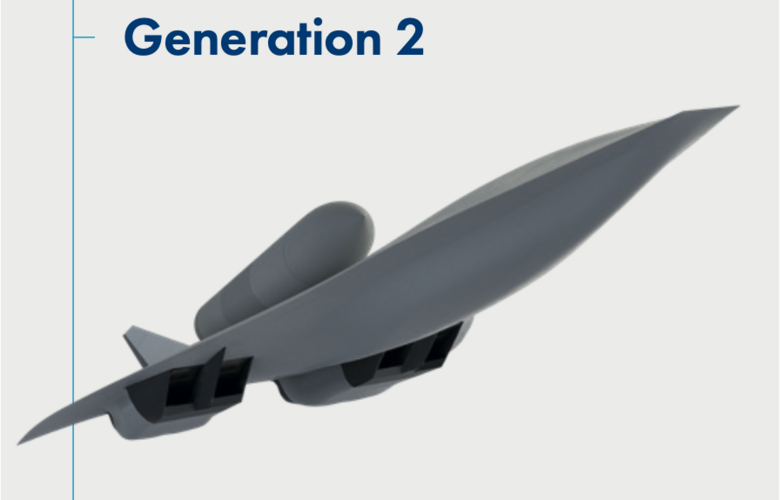
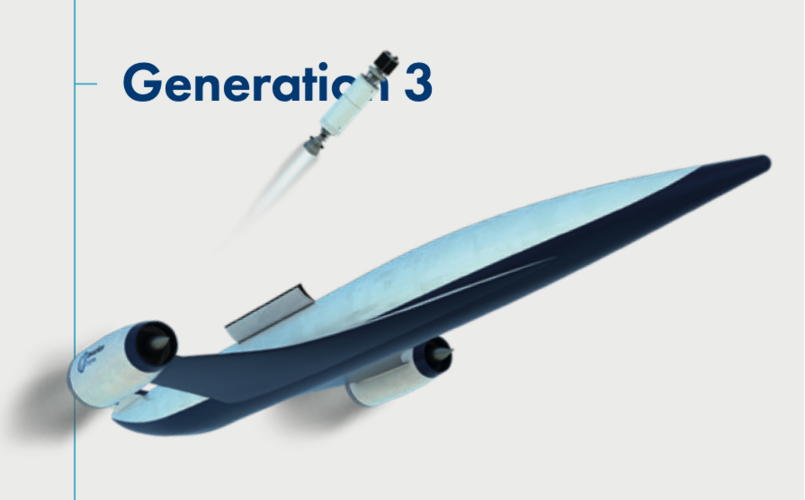
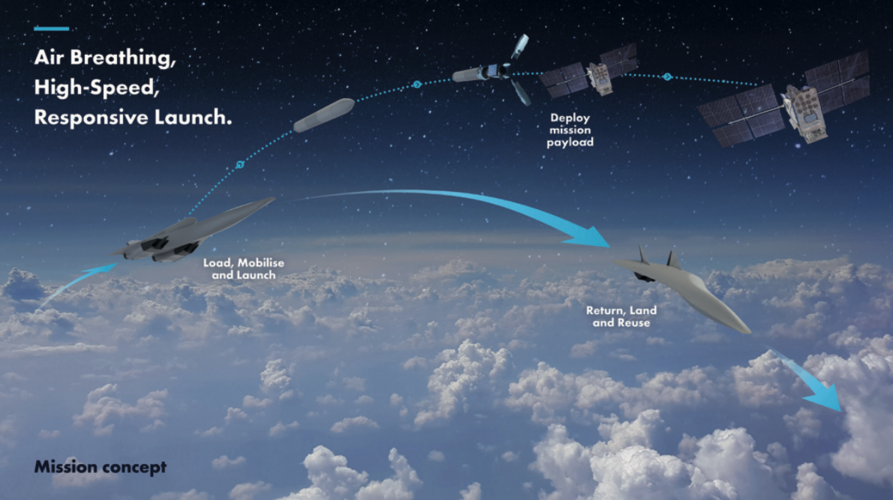
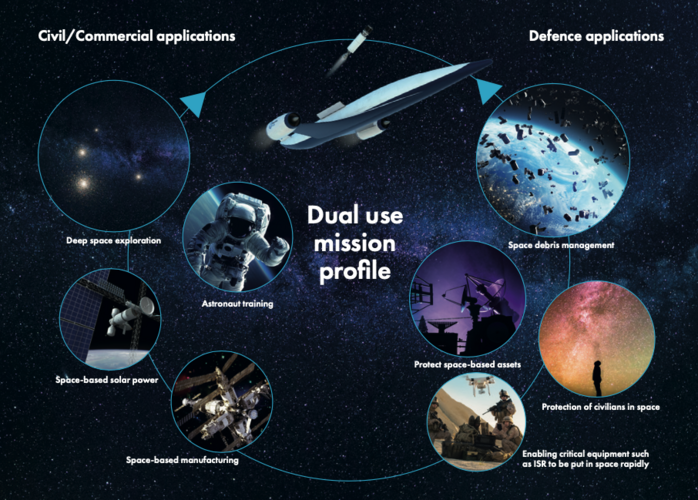
I understand, but still, not with a bang but a whimper... The initial driving objective was an SSTO HTHL ABRLV, and yet, here we are - again... Despite my fairly intimate understanding of the monumental obstacles and resulting scepticism, I was kind of rooting for the original team, and hoping they eventually actually *could* turn SABRE/Skylon into revenue generating orbital products in civilian, commercial, or defense use.Simply following the money as SABRE / Skylon weren't revenue generating products
For every Tesla there are dozens of Juiceros. As usual, Burning Man is the punchline to the article.I was more struck by all the cool entrepreneur dudes who thought they could knock up a hypersonic craft in a few years with a few bucks.
The major aerospace companies have struggled to produce anything hypersonic larger than a cruise missile despite efforts since the 1960s and these dudes think they will just rock up and do it?
Is there no bubble these folks won't exploit? SST, SSTO, eVTOL and go knows what else.
Like all these wheezy ideas, you've got to have a willing customer with a market. No airline has yet really pushed for such craft, the profit margins would barely stack up.
If the USAF really wanted such capability they would have been knocking down the doors at the PhantomSkunkWorks by now.

Any luck finding that?This sounds WAY too familar... I'm thinking I've heard of this before in relation to the RASCAL program. I seem to recall a report showing a "deep-cooled turbo-rocket" called the "KIL-N" cycle I think?? Basiclly it used an RL-10 engine fed by LH2 and Liquid Air drawn from a set of compressor intakes and heat-exchangers...
I'll see what I can find again.
Randy
It's like the F-35's 3-bearing Nozzle. 3 sections with 30deg angles on them. Spin the center section 180deg and it sits mostly straight, while if you spin that center section 180deg the other way it forms a 90+deg curve....There have been concepts that allow for compound curves in structures that can be fit in a conventional cylindrical cargo shroud/bay. They involve stacking smaller segments rotated 180 degrees from each other, thus aligning them along one axis as a cylinder. When orbit has been achieved, the whole stack is removed, the segments rotated, and as much as a 1/4 arc of a complete toroid results. Note that a 1/4 arc required a serious lift booster, and the more conservative concepts I've read about called for arcs of only 1/6 or 1/8.
Wish I still had those papers that discussed these concepts. The diagrams were actually quite detailed in the stacking and deployment phase.
Just means your fuel tanks need to be twice the size. Too bad nuclear reactors are too complex to operate by grunts.In 1963 the US Army had their nuclear energy depot. Portable reactors to turn (air nitrogen ) and water's hydrogen into ammonia methanol or hydrogen fuels. They studied DH Caribou transports and UH-1 choppers turbines with NH3. I have the pdf somewhere. Not very encouraging. Methanol and ammonia have half the energy of kerosene. Hydrogen is doomed by storage issues.
Clickbait on twitter? I'm about to die of not-surprise. (/sarcasm)Well then the twitter headline is misleading, damn it. Stupid clickbait...
Anhydrous ammonia is vastly easier to transport and store. And isn't a frakking ultralow cryogenic with all those storage risks, on top of massive explosion limits.This ammonia thing is about generating liquid hydrogen for fuel cells or to burn. REL is betting that producing the LH2 from renewables power to liquid it should then be combined with nitrogen to make ammonia as this has some storage and transportation advantages over LH2. But still obvious issues. REL's spinoff tech here is to be able to rapudly crack the ammonia to liberate the H2 for use in fuel cells or simply burn.
We'll see. The LH2 lobby seems to be more vocal / well funded.
I believe that RE is talking about using exhaust heat to crack a small amount of ammonia into hydrogen and nitrogen gas, then inject that now-hot 3xH2+N2 into the combustion chambers to get the heat necessary to burn ammonia directly.Yes, turbofan engines can run on gaseous hydrogen, with properly designed fuel controls and combustor fuel nozzles. Hydrogen burns very quickly and likely would be a superior fuel compared to kerosene, if that were the only consideration. In fact, liquid hydrogen has tremendous capability to drive turbines just with the phase change to gas as it absorbs vaporization heat - see Pratt & Whitney Project 304.
Of course the real problem with hydrogen is storage. Even in a supercooled liquid start, the volume is large. On the RP-1/LOX Saturn V, the LOX tanks are twice the size of the kerosene tanks. But the LH2 fuel tanks on the space shuttle are twice the size of the LOX tanks. You can make an airliner with LH2 fuel, but there may not be enough space for the passengers.
Whether you can store enough H2 in Ammonia form and turn it into a usable form fast and efficient enough to make it worthwhile is the question.
It's looking like 2x the volume for ammonia tanks compared to kerosene, based on Joules/Liter. Which isn't bad. Not compared to hydrogen. Does mean 50% more weight of fuel, however. Jet fuel is ~0.8kg/liter, ammonia is ~0.6kg/liter. Equal energy is 0.8kg of jet fuel versus 1.2kg of ammonia.Looking at ammonia specific gravity and heat content says it takes up less space than LH2, but still will require significantly larger tank volume than kerosene.
And that test was even more challenging, as they were using the exhaust of a J79. Which means even more water vapor than you'd normally see at Mach 5 and whatever altitude. Lots more. On the order of water vapor being up to about 5%* of the total mass of the air flowing through the cooler.Yes, icing is always a problem for engines which fly through humid air at freezing temperatures, whether it be on the way up, down or cruise. Remember SABRE is intended as a ground-to-orbit powerplant, so it is going to spend time in that regime at some point. Also, the stratosphere may have a low density, but it can still have a high relative humidity and an awful lot flows through an engine at high speeds. You don't need much ice to break a delicate microtube at those speeds.
This was one of the key features that REL had to demonstrate on a working prototype that they were on top of, before the big investors would come in.
Curve the inner walls, leave the outer walls flat.The 'classic' high-temperature + high-pressure route to ammonia may soon be trumped by any of several mostly-benign processes variously reported by eg PhysOrg.
If even one scales well, ammonia's economics will change remarkably.
FWIW, for one of my SciFi tales ( 'City of Fresno', a WIP), I configured their many big evac pods --Think A380 fuselage-- as not the usual dished ends, but stacked truncated cones, outer 60º, inner 40º and central 'flat'. Docking ports on the 60º provided for a hexagonal toroid, those on the 40º for 'nonagonal' = '9-up'. Axial provides 'linear' assembly. Okay, not 'flat' for joggers, but gently rising and falling like a 'park' path. At least pod longerons are straight, rather than 'curved' like a yacht...
Equal energy is 0.8 kg of jet fuel versus 1.9 kg of ammonia.Equal energy is 0.8kg of jet fuel versus 1.2kg of ammonia.
And that test was even more challenging, as they were using the exhaust of a J79. Which means even more water vapor than you'd normally see at Mach 5 and whatever altitude. Lots more. On the order of water vapor being up to about 5%* of the total mass of the air flowing through the cooler.
We've been over this.The water content of the J79 exhaust had no impact on the precooler testing because during those tests at their TF2 Test Facility in Colorado the exhaust from the precooler was well above 100 oC. The circulating cooling medium through the tubes (helium or whatever) was cooled by boiling water so the exhaust from the precooler was probably in the order of 150 oC.
The difference between the composition of ambient air and the composition of the J79 exhaust only has a small impact on the physical properties of the hot "air" and consequently a small impact on the heat transfer coefficient in the precooler.
Reaction Engines has been awarded funding to further a U.K./U.S. collaboration under the UK Space Agency’s International Bilateral Fund. Reaction Engines has chosen Virgin Galactic as the airframe partner for this project. This funding will enable research and development for horizontal launch vehicle concepts utilising air-breathing, hypersonic propulsion technology. The funding programme supports UK ambitions to become a science superpower and build international collaboration to develop innovative technologies.
Reaction Engines has chosen to work with Virgin Galactic on this project. Virgin Galactic’s unique, reusable, suborbital spaceflight system allows them to fly aircraft to the boundary between air and space. After extensive development, Virgin Galactic recently began commercial operations with monthly flights to space for private astronaut and research customers.
Under the planned bilateral activity, the U.K. and U.S. Companies will explore the combination of their capabilities, potential use-cases, and development paths. Neither Virgin Galactic or Reaction Engines are strangers to the benefits of strong U.S. and U.K. collaboration and this opportunity to engage is in step with Reaction’s strategic mission of developing hypersonic and space access solutions, by harnessing the allied capabilities and a shared vision of the future. This joint undertaking, as supported by the UKSA, elevates this mission to the global stage and has the potential to set the course for future collaboration.

It was great to welcome @virgingalactic to Reaction Engines HQ to further our collaboration under the UKSA’s International Bilateral Programme. Read more about the Bilateral Fund here:
A British company aiming to pioneer hypersonic flight and which counts Boeing and Rolls Royce Holdings among its backers is scrambling to raise new funding amid a squeeze on cashflow.

That is the business model; spend 30 years developing no products but convince VCs to give you money in the hope of future products...I'm confused, reading the news piece, what exactly do Reaction produce and how do they actually make money ? ... https://news.sky.com/story/rolls-royce-backed-reaction-engines-scrambles-for-new-funding-13162736
I'm confused, reading the news piece, what exactly do Reaction produce and how do they actually make money ? ... https://news.sky.com/story/rolls-royce-backed-reaction-engines-scrambles-for-new-funding-13162736
I'm confused, reading the news piece, what exactly do Reaction produce and how do they actually make money ? ... https://news.sky.com/story/rolls-royce-backed-reaction-engines-scrambles-for-new-funding-13162736
All they are capable of is producing a rather simple tubular heat exchanger. Idea probably copied from Suntan. See above.With respect, Dagger, their filament heat-exchanger and its de-icing system / cycle / whatever are very real, proven to be decades ahead of the industry standard. IIRC, belatedly creeping into niches such as motor racing...

Concorde successor

Reaction Engines achieves ground-breaking hypersonic propulsion system milestone!
Read more here:
#Hypersonic #Precooler



That appears to be a not properly explained (at best) reference to Reaction Engines' involvement in a project ongoing since 2020 for a large supersonic business jet intended to cut the flight time between London and New York to 90 minutes, which is a joint venture between Rolls-Royce and Virgin Galactic.Concorde successor
"A British hypersonic aviation pioneer is closing in on a £20m rescue deal that will see a Gulf-based sovereign fund becoming its biggest shareholder."

